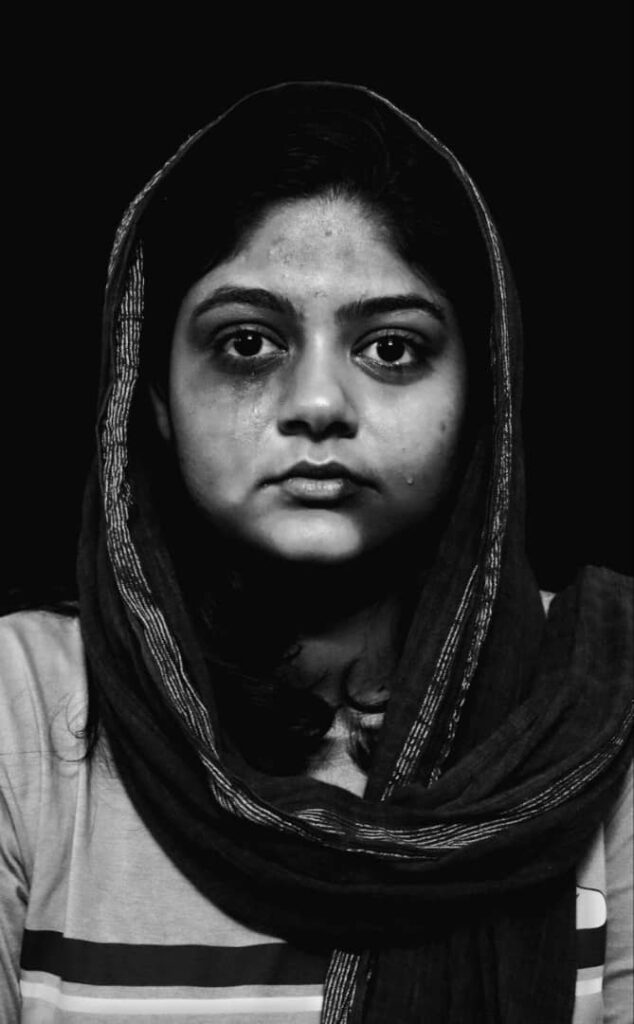When Immigration Policy Becomes a Public Health Crisis

A recent commentary in The Lancet Regional Health – Americas sheds light on the mental health consequences of restrictive U.S. immigration policies. Policies such as the suspension of the U.S. Refugee Admissions Program, the “Remain in Mexico” policy, and expanded detention and deportation have had devastating effects on the psychological well-being of immigrant families.
Lost and Found

In The Journal of Applied Psychoanalytic Studies, Volume 5, Issue 3 (2003), Dr. Catherine Ward and Dr. Irene Styles published the findings of a study examining the impact of migration on the identity of women who migrated from Britain and Ireland to Australia. This research explores grief reactions due to the multiple losses associated with migration (home, attachments, community, culture, etc.) and analyzes the coping strategies used by women to reconstruct their identities in a new environment.
Second-Generation Iranians in Sweden: A Story of Enduring Labor Market Disparities

The findings reveal that second-generation immigrants (G2) are less likely to be overqualified than their parents’ generation, indicating a form of intergenerational progress. However, they still face a moderately higher risk of overqualification compared to native Swedes. This disparity is particularly evident among those with tertiary education and those with non-Western backgrounds.
When Systems Fail the Most Vulnerable

Barriers to Accessing Intimate Partner Violence Services
Understanding and addressing intimate partner violence (IPV) requires listening carefully to the voices of survivors—especially those from immigrant and ethnic minority communities.
The Idea of Suicide in Migration, Pathways Out of Dead Ends

Various studies have shown that some migrant groups face a higher risk of suicidal behavior compared to native populations. Research suggests that ethnic minorities and specific migrant groups have a higher rate of suicide attempts and suicide-related deaths. However, it should also be noted that overall suicide rates among migrants tend to decrease after migration compared to the general native population—a phenomenon known as the “migration effect.” Nevertheless, over time, these rates tend to rise again. This article focuses specifically on a subset of migrant groups and their vulnerability to suicidal behavior.
An Opportunity for Persian and Dari-speaking Immigrants Worldwide Psychological Treatment Study – Raha

If you are struggling with depression, anxiety, worry, sleep problems, stress, traumatic and distressing memories (trauma), grief, or difficulty managing intense emotions, and if you need help coping with one or more of these issues, you may be eligible to participate in the Raha Program.
The Rising Trend of Iranian Migration: A Study on Brain Drain and Its Long-term Impact

The compiled data indicates that the total number of Iranian-born migrants grew from approximately 500,000 before the 1979 Revolution to 3.1 million by 2019, accounting for 1.3% and 3.8% of the country’s population, respectively, at those times. The primary destinations for Iranian migrants include the United States, Canada, Germany, and the United Kingdom. The study also estimates that nearly 700,000 Iranian-born individuals have pursued higher education in foreign universities.
Recovering Iranian Womanhood in Migration

The research article by Maryam Vizheh and colleagues, published in Health and Place in 2023, examines the impact of migration and living in Australia on Iranian women’s ability to access and utilize reproductive healthcare services.
This qualitative study of 21 Iranian women in Australia revealed that while their initial reproductive health behaviors are shaped by sociocultural norms from Iran, these women actively develop agency and transform their perspectives in the Australian context.
Navigating Home in Exile

The concept of home is deeply personal and shaped by past experiences, cultural identity, and current living conditions. For Iranian elderly immigrants with dementia residing in culturally profiled nursing homes in Sweden, the notion of home remains complex and multifaceted.
Intimate Partner Violence: A Hidden Crisis in the Iranian Diaspora

This integrative review by Niroomand et al. (2024) examines intimate partner violence (IPV) within the Iranian immigrant community, uncovering how the experience of abuse shifts post-migration. While physical violence may decrease, psychological and economic abuse often replace it, leaving many women in cycles of control and dependence.




